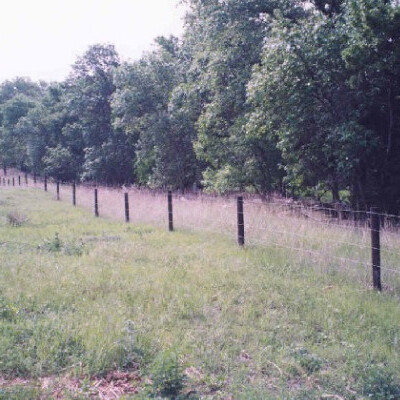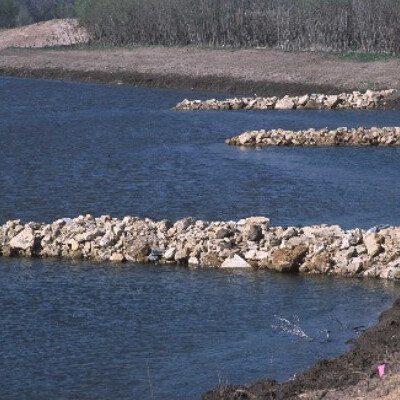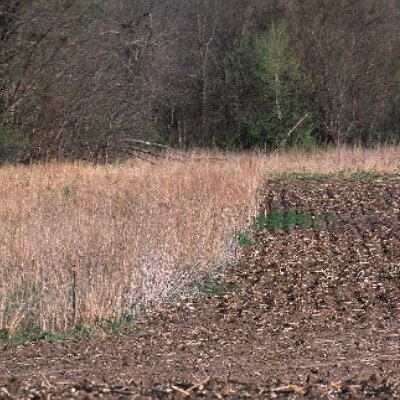Stream and Riparian
corridors can play a significant role in improving and protecting stream health and downstream water quality and clarity.
Projects that are implemented in stream and riparian corridors can play a significant role in improving and protecting stream health and downstream water quality and clarity. The following practices are approved through the State Cost Share program for local districts to offer related to riparian area protection: Prescribed Burning, Pond, Windbreak/Shelterbelt Establishment, Fence, Riparian Forest Buffer, Access Control, Mulching, Tree/Shrub Site Preparation, Livestock Pipeline, Pumping Plant for water supply, Heavy Use Area Protection, Spring Development, Watering Facility, Water Well, Windbreak/Shelterbelt Renovation and Forest Stand Improvement.
The following are descriptions of a few common practices.
Fencing
Streambank Stabilization
Streambank stabilization is a treatment used to stabilize and protect streambanks. The practice stabilizes the eroding streambanks, reduces damage from sediment and runoff to downstream areas, and improves wildlife habitat. It is used on highly erodible or critically eroding streambanks. These areas usually cannot be stabilized by ordinary conservation treatment and management, and if left untreated, can cause severe erosion or sediment damage.
Filter Strip
A filter strip is a strip or area of vegetation for removing sediment, organic matter, and other pollutants from runoff and waste water. This practice is implemented to remove sediment and other pollutants from runoff or waste water by filtration, deposition, infiltration, absorption, decomposition, and volatilization, thereby reducing pollution and protecting the environment.



